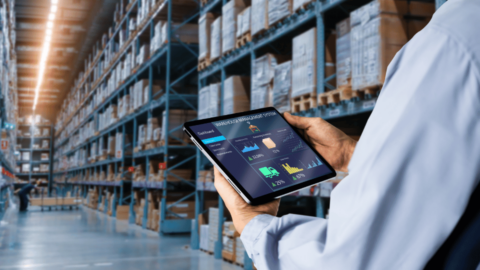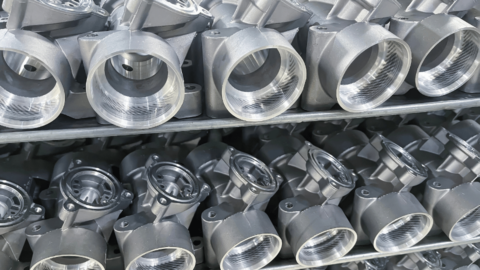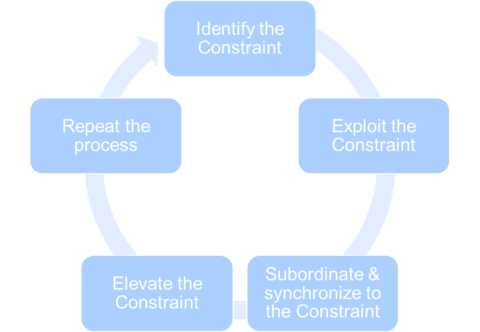Greenfield: Designing the Ideal Production Line
Setting up a new production line involves balancing capacity, automation, and efficiency while minimizing space usage. Manufacturers must optimize layouts, workflows, and inventory levels to create a scalable, high-performance production system.

Challenges
Setting up a new production line requires strategic decisions to maximize efficiency, balance capacity, and ensure adaptability while minimizing space usage. Key questions include:
- Balancing capacity & efficiency—stations, buffers, automation, and takt times.
- Optimizing square meters—how much factory floor space is needed per station?
- Standard stock in process & standard stock in transit—what inventory levels should be maintained at different stages?
- Regional adaptation—how should line configurations differ across markets?
- Optimizing layouts for smooth material flow and minimal lead times.
- Scalability—how to future-proof the line for evolving product variants?
How Simulation Helps
inFACTS Studio allows manufacturers to test, compare, and refine production line configurations before committing to physical investments.
- Simulate alternative layouts to optimize workflow, space utilization, and material handling.
- Assess automation vs. manual labor strategies based on efficiency and cost trade-offs.
- Determine ideal stock levels for work-in-progress (WIP) and in-transit inventory.
- Evaluate scalability options to handle future volume and product changes.
- Analyze floor space efficiency to minimize the footprint while maintaining optimal performance.
Expected Results
- Optimized production line—maximizing throughput while minimizing square meter usage.
- Lower costs—avoiding unnecessary capital investments in oversized facilities.
- Future-ready production—scalable layouts and adaptable workflows.
By using inFACTS Studio, companies reduce uncertainty, improve decision-making, and ensure that new production lines align with both operational efficiency and space constraints before launch.
NOTE: Better support for layout and internal logistics is to be launched during 2025.





